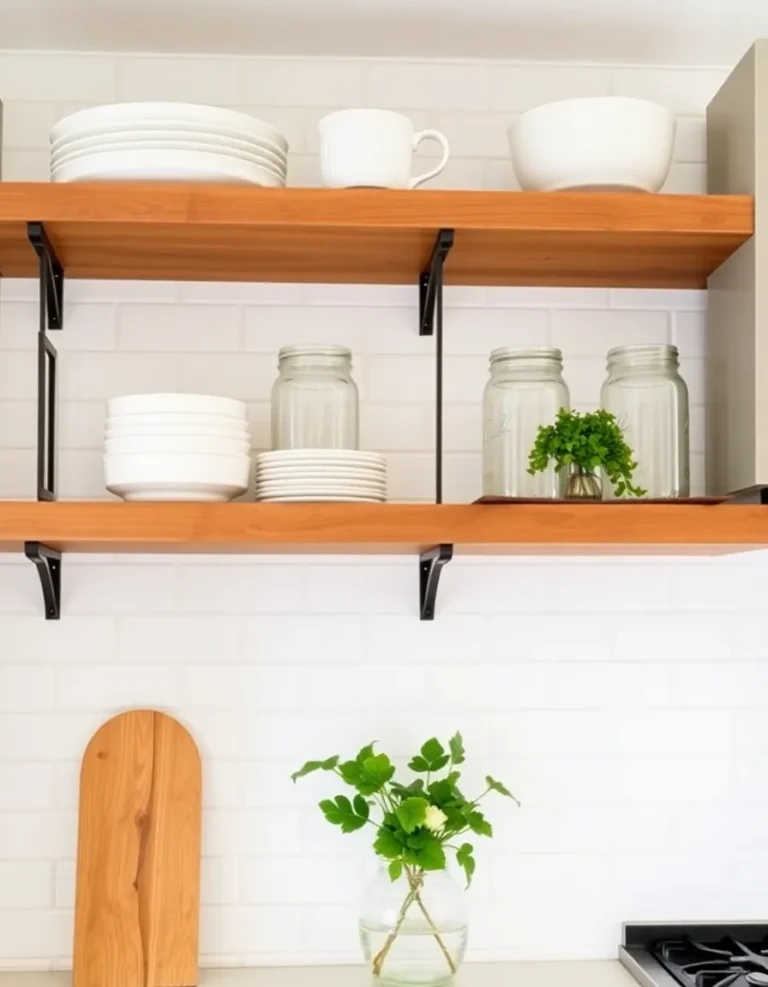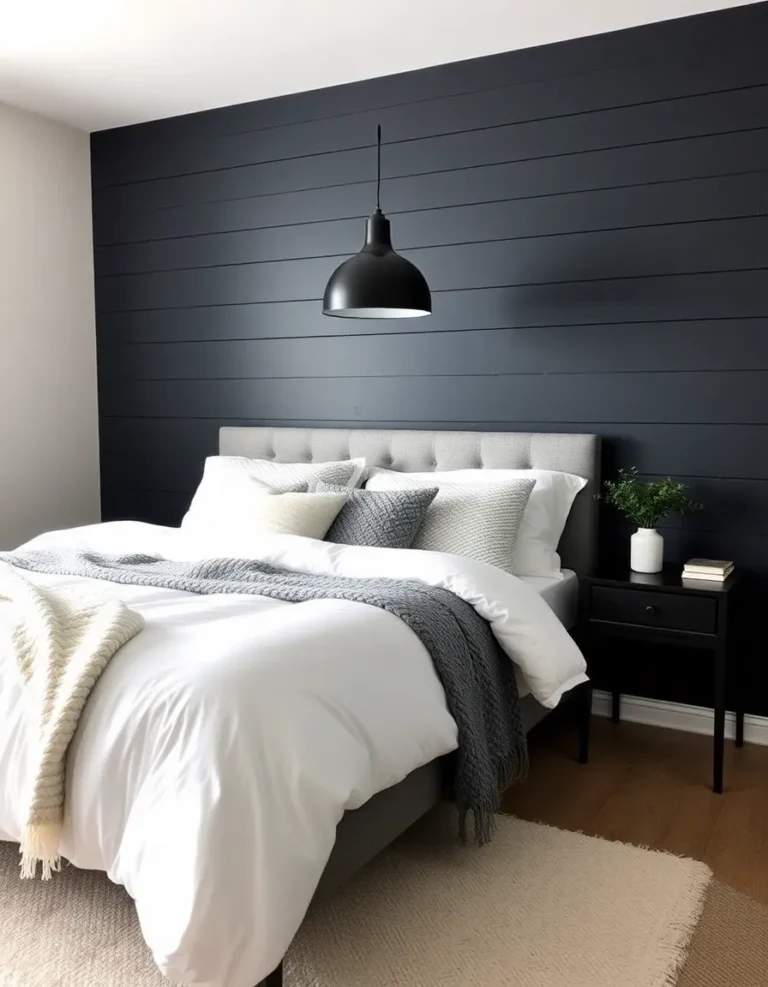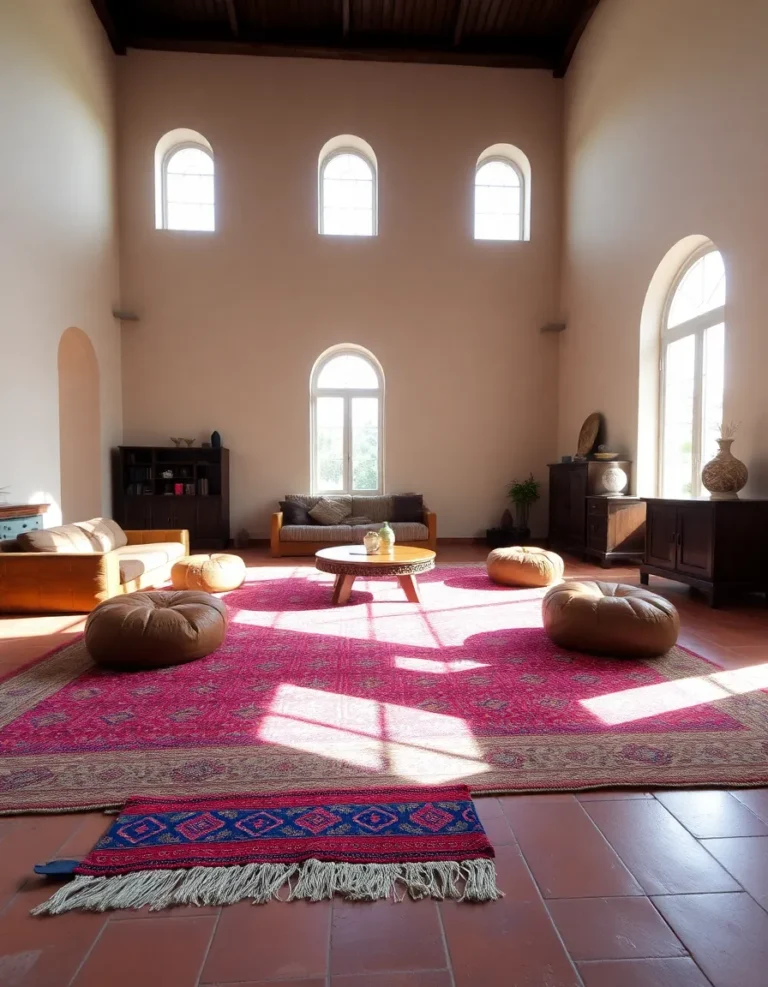How to Incorporate 70s Colors into Modern Interiors
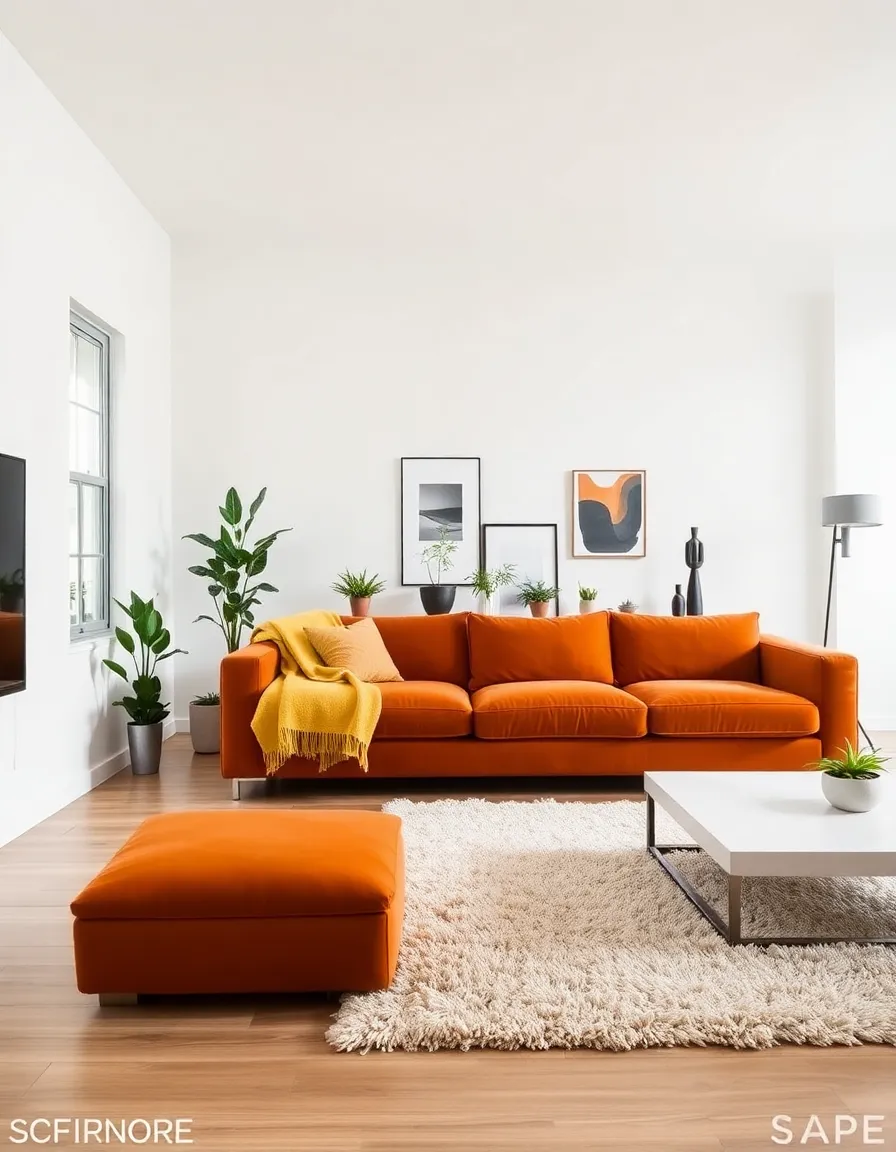
Alright, fellow design lovers, let’s talk about something groovy—70s colors. You know, those rich, earthy tones and bold pops of color that make you want to throw on some bell-bottoms and dance under a disco ball? Yeah, those. The 70s were all about self-expression, and honestly, we could use a little more of that in our modern interiors. But how do you bring those retro vibes into your home without making it look like a time capsule? Don’t worry, I’ve got you covered. Let’s dive into the world of avocado greens, burnt oranges, and mustard yellows—and make them work in 2024.
First things first: the 70s weren’t just about shag carpets and wood paneling (though, let’s be real, those are iconic). The color palette was a *vibe*—warm, inviting, and unapologetically bold. The trick is to balance those retro hues with clean lines and modern textures so your space feels fresh, not frozen in time. Think of it as a remix, not a rerun. Ready to get started? Let’s boogie.
1. Start with a Neutral Base
Before you go wild with color, you need a solid foundation. Modern interiors thrive on clean, neutral backdrops—think crisp whites, soft grays, or warm beiges. These tones let your 70s-inspired colors *pop* without overwhelming the space. I’m a big fan of pairing a creamy off-white wall with a bold burnt orange sofa. It’s like the perfect balance of “I’m fun” and “I have my life together.”
Pro tip: If you’re nervous about going full-on 70s, start small. Swap out throw pillows or add a vintage-inspired rug in mustard yellow. Baby steps, my friend. You don’t have to commit to a full-on psychedelic mural (unless you want to—no judgment here).
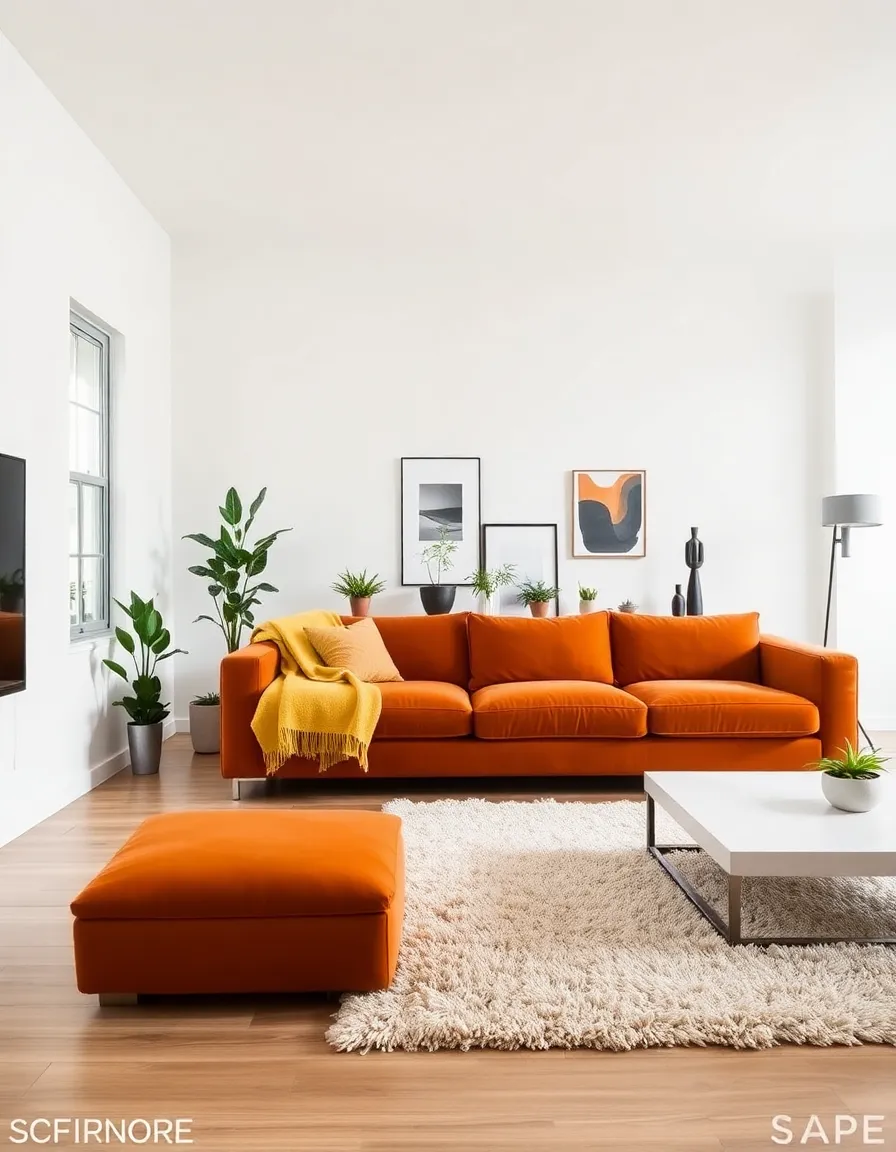
2. Embrace Earthy Tones
The 70s were all about connecting with nature, and that meant earthy colors like olive green, terracotta, and rusty brown. These shades are *chef’s kiss* for creating a cozy, grounded feel. I recently painted an accent wall in my bedroom a deep olive green, and let me tell you—it’s like sleeping in a forest (but with better Wi-Fi).
Pair these earthy tones with natural materials like wood, rattan, or jute to amplify the organic vibe. A terracotta planter with a fiddle-leaf fig? Instant mood. A rattan pendant light over a dining table? Yes, please. The key is to let the colors and textures do the talking without going overboard. Unless overboard is your thing—then by all means, lean into it.
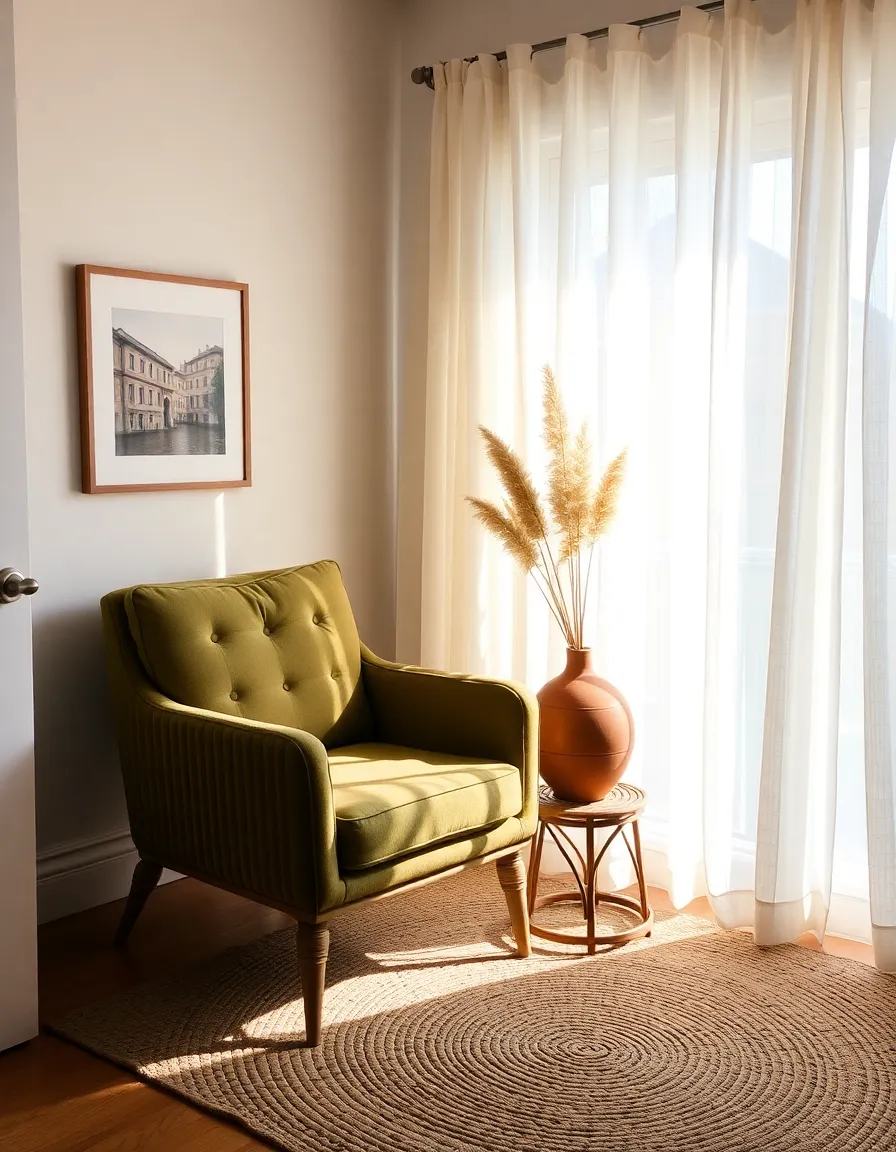
3. Go Bold with Accent Colors
Now for the fun part: those punchy 70s accent colors. We’re talking mustard yellow, avocado green, and that iconic burnt orange. These shades are perfect for statement pieces—think a velvet armchair, a retro lamp, or even a funky backsplash in the kitchen. I once saw a mustard yellow Smeg fridge in a modern apartment, and I haven’t been the same since. It was *that* good.
If you’re not ready to invest in big furniture, try smaller accents like artwork, cushions, or even a bold-colored bookshelf. The goal is to sprinkle in those retro hues so they feel intentional, not accidental. And hey, if you accidentally go too bold, just call it “eclectic” and own it.
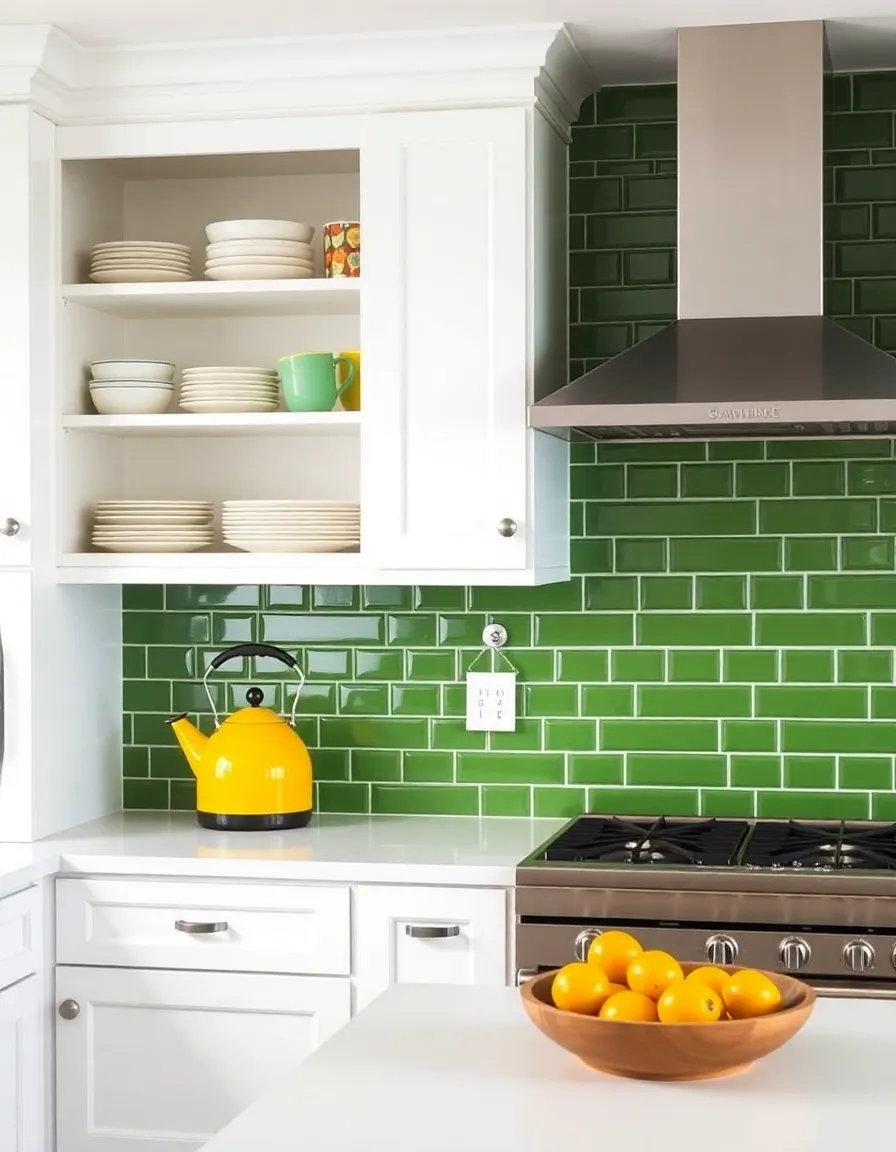
4. Mix Patterns Like a Pro
The 70s loved patterns—geometric prints, florals, and psychedelic swirls galore. But in a modern space, you’ve got to balance those busy designs with some restraint. My rule of thumb? Stick to one or two statement patterns and keep the rest subtle. For example, a funky geometric rug pairs beautifully with solid-colored furniture. Or a bold floral wallpaper in a powder room can be balanced with sleek, simple fixtures.
Don’t be afraid to mix eras, either. A mid-century modern chair with a 70s-inspired print? Genius. A Scandinavian-style sofa with a retro throw pillow? Absolutely. The beauty of modern design is that it’s all about breaking the rules (or at least bending them a little).

5. Don’t Forget the Lighting
Lighting can make or break a space, and the 70s knew how to do it right. Think sunburst mirrors, sputnik chandeliers, and those iconic mushroom lamps. These pieces add instant retro flair without feeling dated. I recently swapped out my boring ceiling light for a brass sputnik chandelier, and now my dining room feels like it’s straight out of a disco-era cocktail party (in the best way).
For a subtler touch, try a rattan pendant or a globe-shaped floor lamp. These styles nod to the 70s but still feel fresh and modern. And if you really want to go all out, a lava lamp never hurt anybody. Just saying.

6. Layer Textures for Depth
The 70s were all about texture—shag rugs, velvet upholstery, macramé wall hangings. And guess what? Texture is still a *huge* deal in modern design. The trick is to mix and match without going full-on sensory overload. A velvet sofa with a chunky knit throw? Perfect. A macramé plant hanger next to a sleek marble side table? Even better.
I love layering different textures to create a space that feels inviting and lived-in. A sheepskin rug over a jute rug? Yes. A leather chair with a faux-fur cushion? Absolutely. The more tactile your space feels, the cozier it’ll be—and who doesn’t want that?
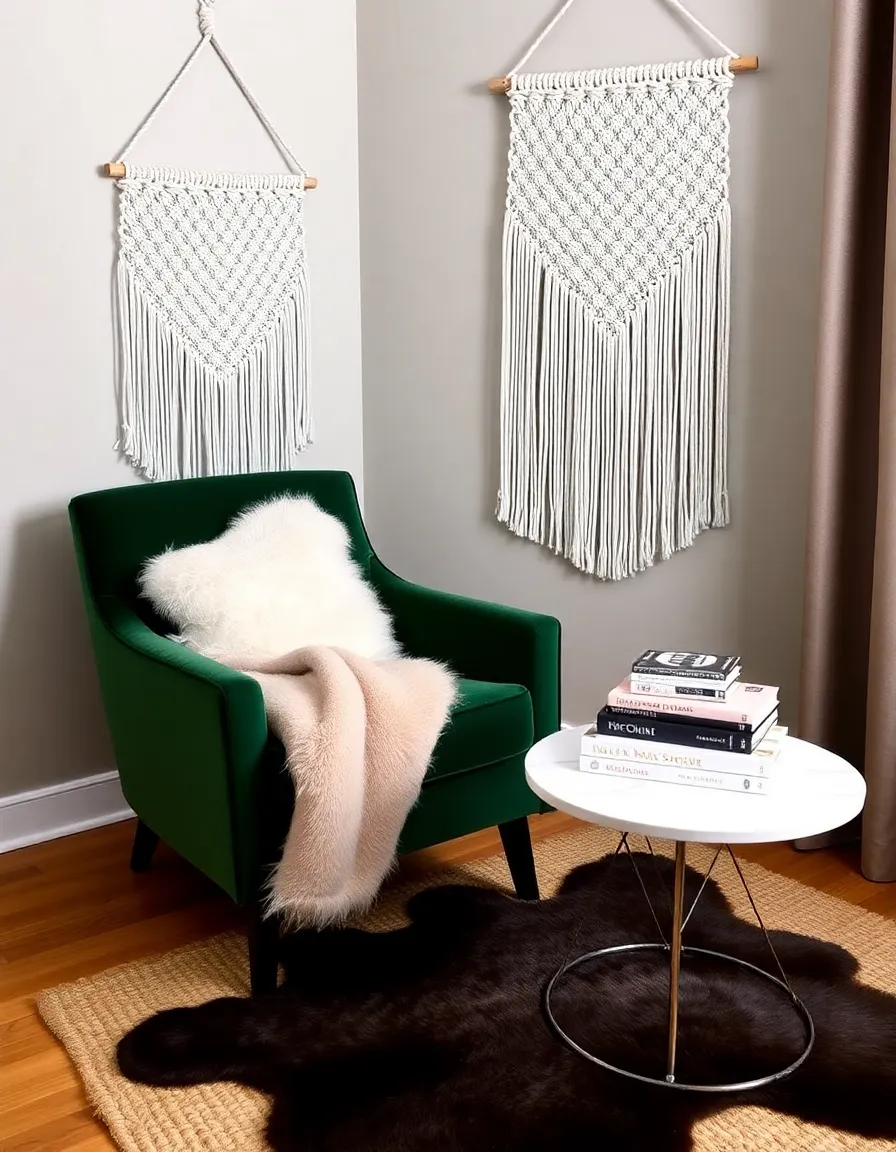
So there you have it—your guide to bringing 70s colors into your modern home without it looking like your grandma’s rec room. The key is balance: a neutral base, earthy tones, bold accents, and just the right amount of retro flair. And remember, design is all about having fun. If you love it, rock it. Who cares if it’s “trendy”? Trends come and go, but style is forever.
Now go forth and channel your inner disco diva. Your home (and your inner 70s child) will thank you.

